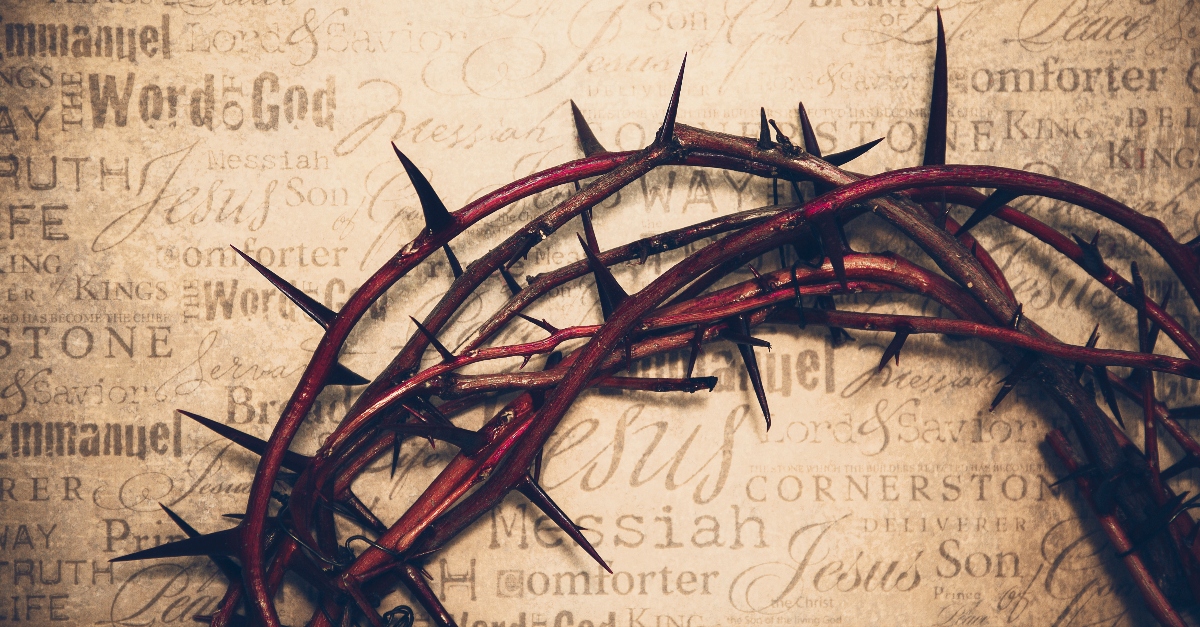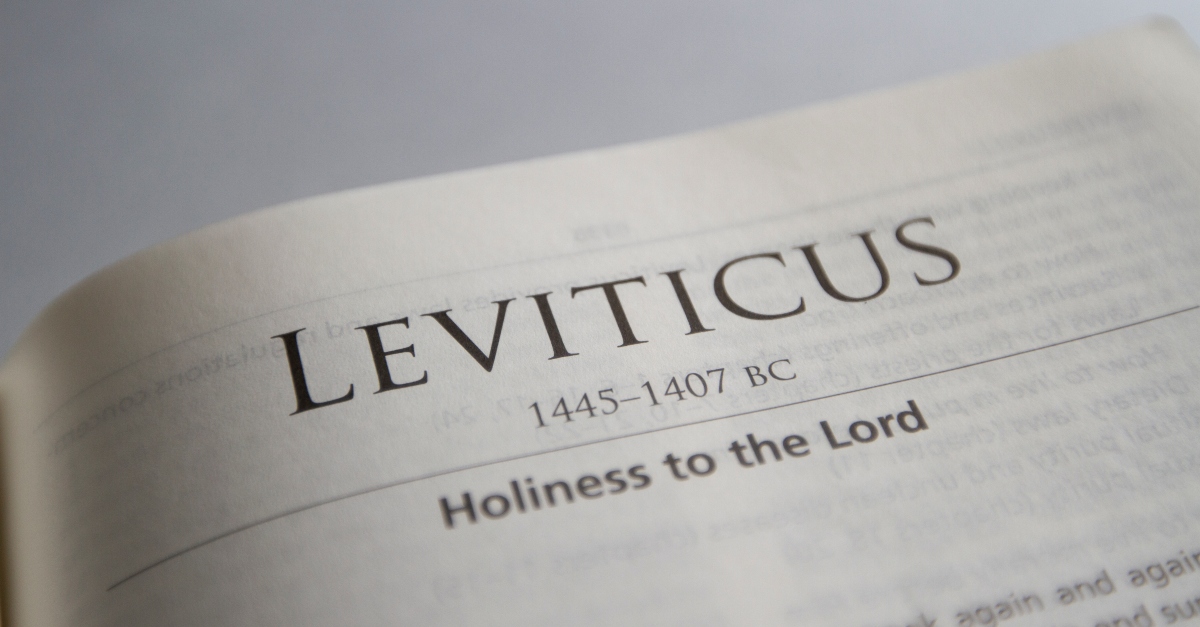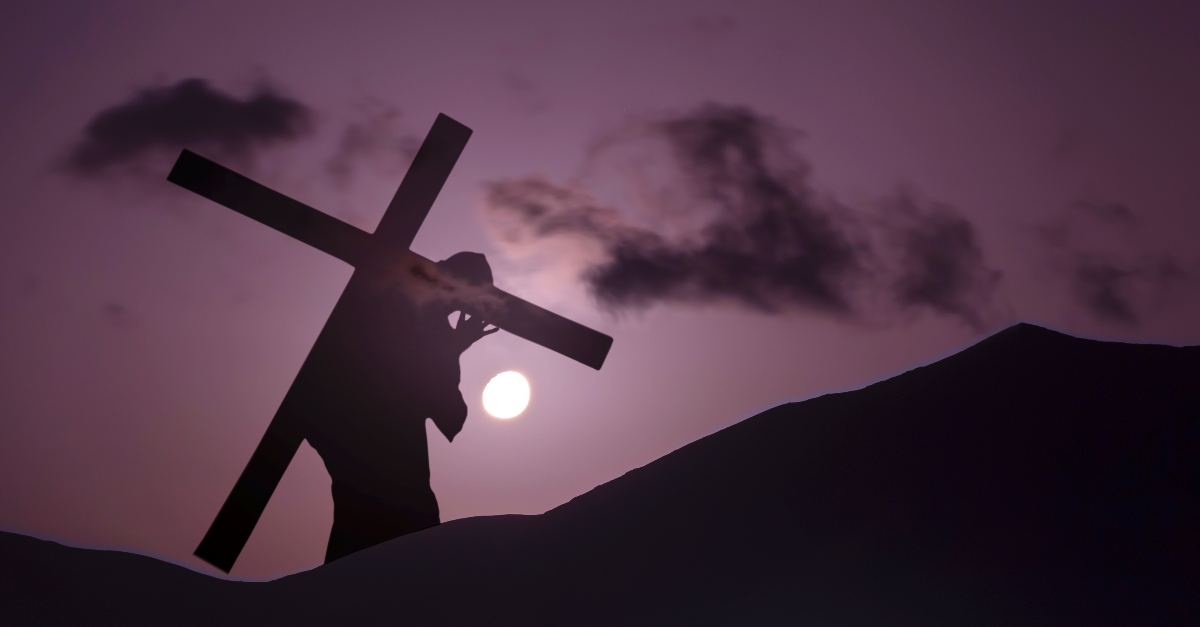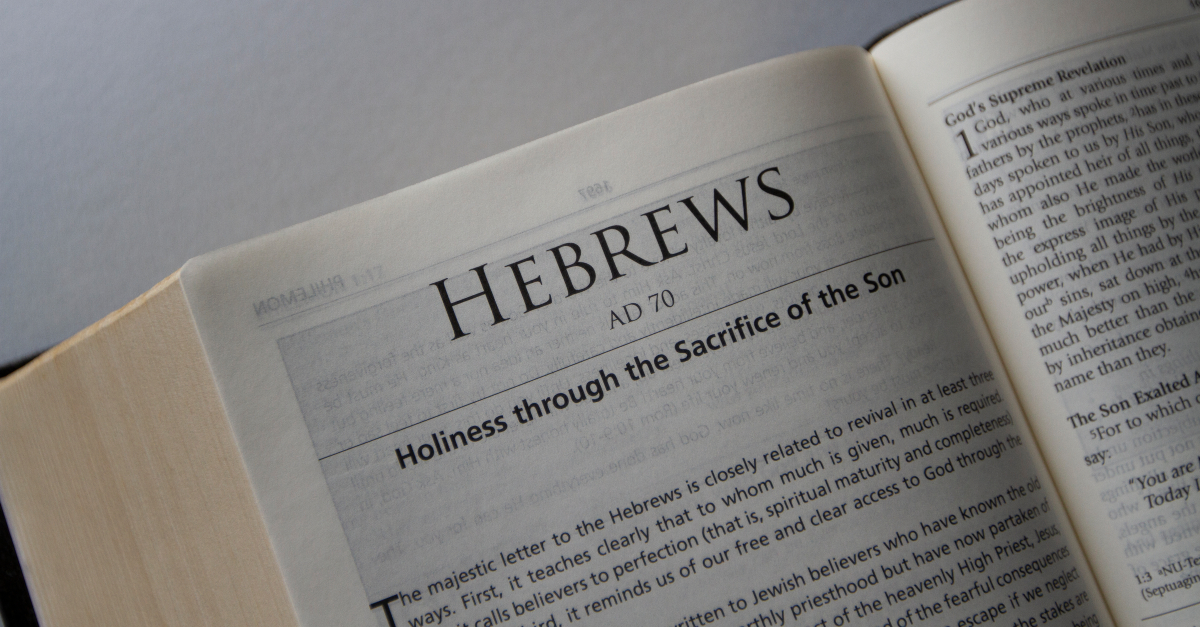
When we explore the meaning of atonement in the Bible, it doesn’t take very long to realize that atonement deals with the all-important issue of substitution.
But honestly, the implications associated with atonement and substitution will likely only confuse us, and possibly even trouble us, unless we understand the larger picture of God’s story.
Leviticus 23:26-27: "The Lord spoke to Moses, saying, “On exactly the tenth day of this seventh month is the day of atonement; it shall be a holy convocation for you, and you shall humble your souls and present an offering by fire to the Lord."
Here are five things Christians should know about the Day of Atonement:
Photo Credit: ©GettyImages/Javier Art Photography
What Is the Meaning of the Day of Atonement in the Bible?

The Day of Atonement arguably highlights one of the most important rituals in the Bible, and ironically, it is set forth and explained in one of the most overlooked and neglected books in the Bible by most Christians today.
In Leviticus 16, Moses records Yahweh’s instructions regarding the manner in which Aaron is to enter the holy place to sacrifice before the Lord to make “atonement” for his sins and the sins of Israel.
Rather than being an obscure and isolated Old Testament principle, atonement becomes a visible display of God’s fierce commitment to redeem his people and through which the future redemption of God’s people is to be comprehended.
2. What Does the Day of Atonement Mean in the Bible?
Let me set the stage for you. In the beginning of God’s story, we are told that God created a good world (Gen. 1:12, Gen. 1:18, Gen 1:21, Gen 1:25, Gen. 1:31) for his people to enjoy. God’s good design involved placing his mark on a people who would experience intimate fellowship with him as they worked alongside the Designer to saturate the universe with his glory (Habakkuk 2:14).
From the very beginning, the eternal plan was for image bearers (Genesis 1:26) to represent God and his mission. Not only were the borders of the Garden of Eden to be ever-extending, but humankind was to image their Creator by undertaking the responsibility of causing creation to flourish.
The idea of “cultivating” (Gen. 2:5, Gen. 2:15) implies the development of culture in such areas as art, music, government, technology, agriculture and so forth. It is no coincidence that the trajectory of God’s creative work begins in a garden but culminates in the “holy city” (Revelation 21:2).
Alas, this divine program seems to run aground on the shoals of human rebellion as Adam and his helper listen to the hissing voice of the usurper rather than the loving voice of their Maker. Adam decides that he is more capable than God of defining what is good from what is evil (Genesis 3:5). As a result of Adam’s mutiny, all of creation is cast into a dark curse (Romans 8:20), and God’s good world plunges into a bottomless chaos from which only the Creator will be able to rescue.
It is critical to our understanding of atonement to grasp the full measure of Adam’s choice and its implications on all of humanity in every generation. Because God is holy and perfectly pure, the Bible says he “drove the man out” (Genesis 3:24) due to Adam’s sin.
Photo Credit: ©Sparrowstock
Humankind’s Desire Is to Renew Relationship with God

But because Adam represented all of man throughout all of time, when he was driven from God’s presence, so were we driven from our Maker’s side. Man’s greatest need now becomes the necessity to be brought back into God’s presence where we were always meant to be, but now there is an unassailable barrier of sin that separates us from God (Isaiah 59:2).
At this point in human history, we must confess that God would have been justified to eradicate humanity from his good world. And if God would have preferred such a course of resolution, no man could have cried, “unfair!” After all, does not the potter have a right over the clay (Romans 9:19-22)? To this conclusion, however, the Maker was not so inclined. It is precisely at this point in the story that grace emerges and provides the backdrop against which God’s merciful redemptive plan is set into motion.
God’s Plan Is Redemption
Genesis 12 provides for us a more detailed glimpse into the salvific intentions, which up to this point in Scripture have only been alluded to. It is here that we discover how God will choose one family to be the very instrument through which “every tongue, tribe, and nation” (Revelation 5:9) will be brought back into God’s presence to continue the work which Adam was intended to fulfill before his betrayal.
It is the family of Abram and his descendent, Israel, which foreshadow spiritual Israel, the church (Romans 2:28-29; Galatians 3:7-9), who will take up the mantle of Adam to bless all the families of the earth (Genesis 12:1-3).
Nevertheless, the dilemma of sin still remains. God has chosen a people to represent him and move his mission forward, but the people are infected and warped by iniquity. Where once, prior to the fall, God’s presence was a place of peace, joy, and safety, it has now become a place of danger and terror because God’s holiness will burn up anything impure and unclean that attempts to break through the perimeter (Exodus 33:20; Leviticus 16:1-2).
How will God reinstate, use, and draw near to a sinful people without destroying them? The answer is found in atonement.
Photo Credit: ©GettyImages/g215
How Does the Bible Define the Day of Atonement?

The Day of Atonement portrays a crucially vital ritual in the worship practices of Israel, not merely because of Israel’s present need but also because of what the act of atonement prefigures. In response to the arrogant attempt of Nadab and Abihu to enter Yahweh’s presence on their own terms and their ensuing deaths (Leviticus 10:1-3), their father, Aaron is warned not to act as presumptuously as his sons, or he will meet the same fate.
It is in God’s instruction to Aaron that we see atonement defined (Leviticus 16).
The word, atonement, means “to cover over one’s debt,” and this act of covering will be symbolically acted out as Aaron the priest sacrifices two male goats before Yahweh. One goat will be slaughtered for a sin offering as a substitute in the place of sinful man. Rather than man paying the price of death for his sin, the goat’s blood is spilled instead. What a breath-taking image.
The second goat suffers a different, though no less poignant, fate as it becomes a scapegoat (Leviticus 16:8, 22) in which the sins of Israel are, again symbolically, placed on the goat prior to the animal being led deep into the wilderness from which it will never return. This signals what the Psalmist explicitly proclaims when he says, “As far as the east is from the west, so far has he removed our transgressions from us.” (Psalm 103:12)
Though such practices may seem barbaric to modern ears, blood was essential for atonement because “the life of the flesh is in the blood” (Leviticus 17:11). In essence, the life-giving blood of the sacrifice is substituted for the death payment required at the hands of the one who has offended God.
Sin can never be overlooked or ignored. God does not simply turn a blind eye to our offense. Someone has to die.
Photo Credit: ©GettyImages/mbolina
Why Yom Kippur (Day of Atonement) Involves Fasting and Praying

As the blood is sprinkled in the tabernacle and on the mercy seat, man is once again ushered into the garden-presence of his Creator, but only temporarily. This scene will need to be reenacted time and time again until a more permanent sacrifice is offered.
Even today, Jews around the world celebrate the most holy day called Yom Kippur, which is The Day of Atonement. Though Jewish sacrifices ended in AD 70 with the destruction of the temple, Orthodox Jews continue to give careful observance during this 10-day, holy festival known as Yom Kippur.
Yom Kippur is observed by feasting, fasting, wearing white garments, and prescribed prayers as the worshippers seek God’s forgiveness and cleansing from their sin.
Christians, of course, do not celebrate Yom Kippur, but we do revel in the accomplishment of atonement once and for all by the one, true Lamb that all other bleeding lambs pointed to.
On the cross, at the very same moment that a Jewish priest would have been cutting the throat of a woolen lamb, the Heavenly Father, who loves His family too much to see them destroyed, was “causing the iniquity of us all” (Isaiah 53:6) to fall on Jesus His Son.
5. How Christ Accomplishes Atonement
Through the sacrifice of Christ (the Lamb), not only did he redeem us by paying for our debt, but he also purified us that we might once again enjoy the intimate presence of our Father now and forever. The Apostle Paul would say to Titus that Christ “gave himself for us to redeem us from every lawless deed and to purify for himself a people for his own possession.” (Titus 2:14)
But this sweet atonement not only secures us in our present, but it also solidifies our hope in the future as the writer of Hebrews recalls that Christ, “having been offered once to bear the sins of many, will appear a second time for salvation without reference to sin, to those who eagerly await him.” (Hebrews 9:28)
As we rest in His presence now, may we never lose sight that because Christ did not enter the holy place with the blood of goats and bulls but with his own blood, we have obtained an eternal redemption once and for all (Hebrews 9:12).
Photo Credit: ©Sparrowstock